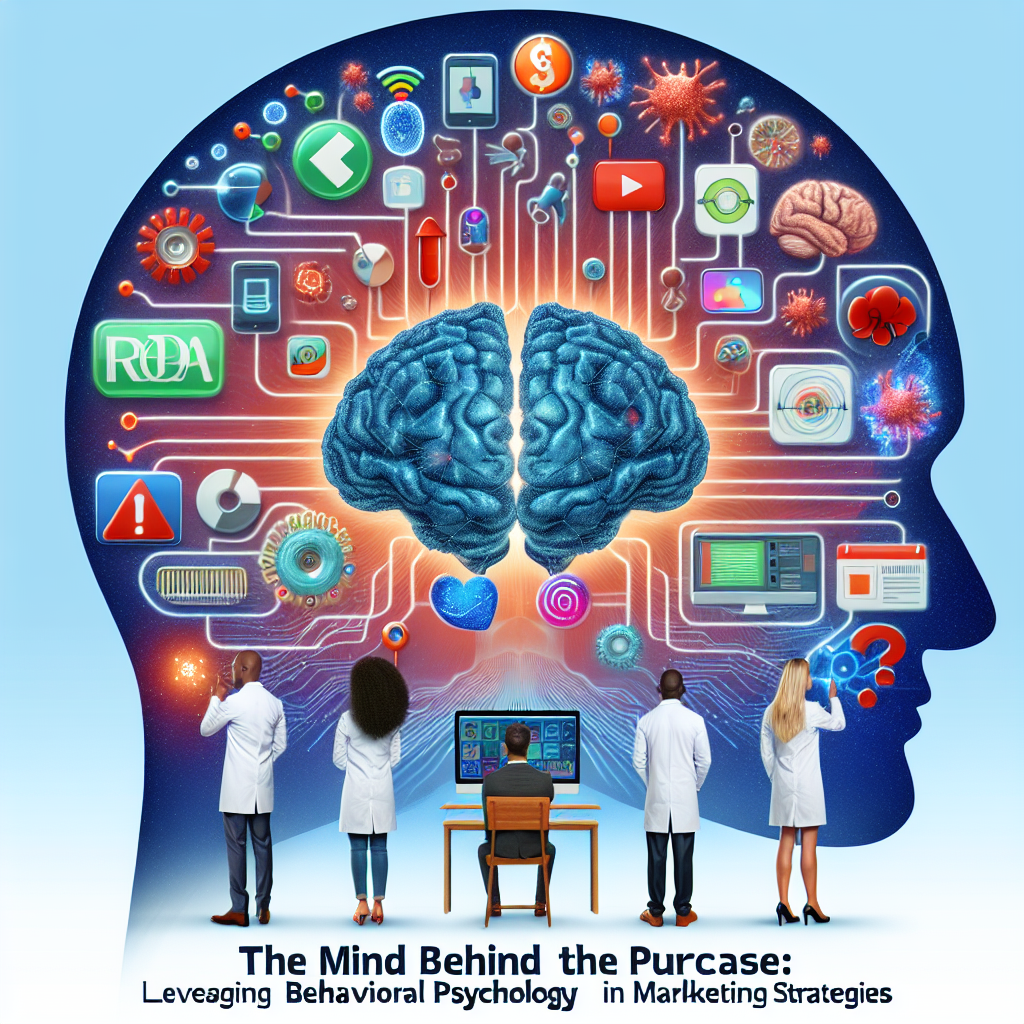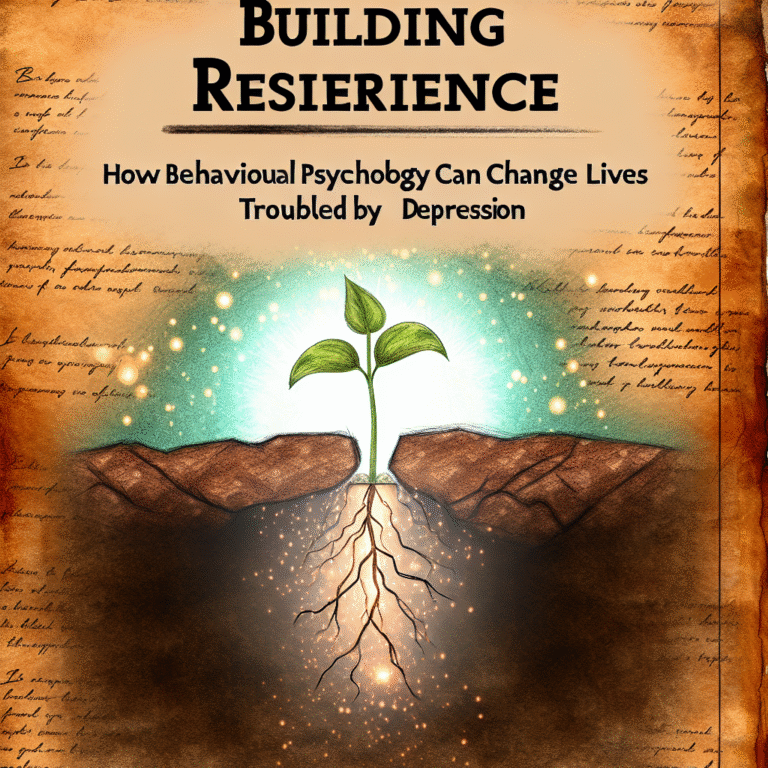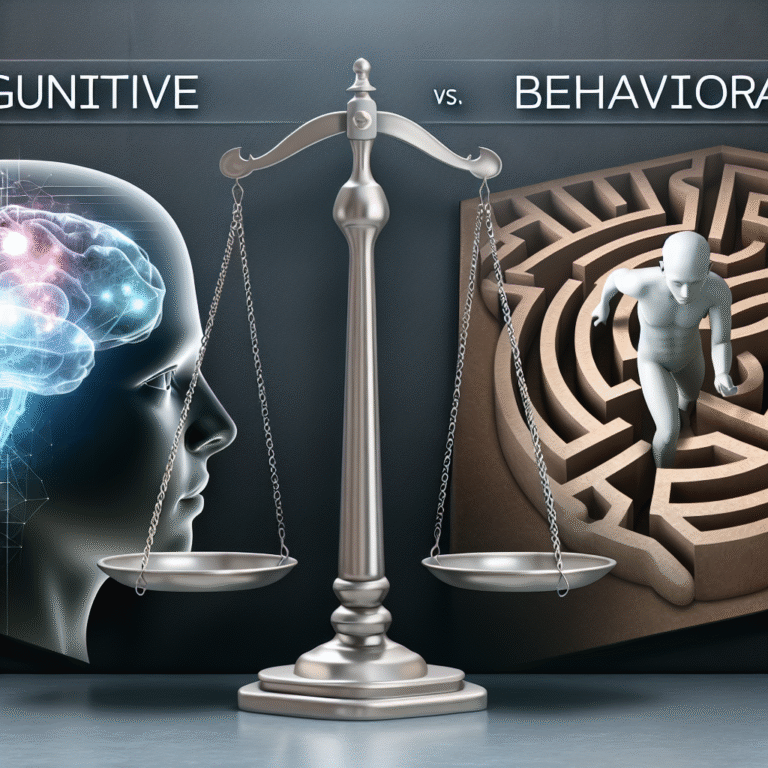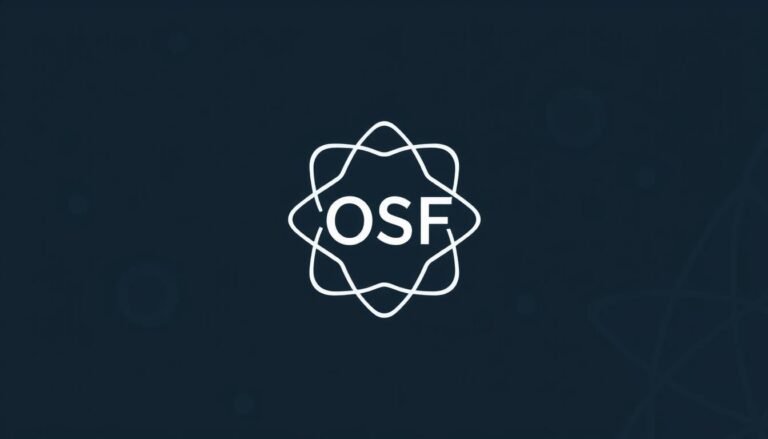
The Mind Behind the Purchase: Leveraging Behavioral Psychology in Marketing Strategies
In the bustling world of marketing, one question continues to perplex businesses: What motivates consumers to make a purchase? Deep within the intricate threads of consumer behavior lies a potent force—behavioral psychology. This discipline offers invaluable insights into the mind behind the purchase, revealing how emotions, heuristics, and social influences shape buying decisions. In this article, we’ll delve into The Mind Behind the Purchase: Leveraging Behavioral Psychology in Marketing Strategies, drawing on real-world case studies, actionable insights, and data-driven approaches that can empower your marketing efforts.
Introduction
Imagine you’re walking through a grocery store, and your eyes land on a shelf adorned with colorful packaging and enticing promotions. What compels you to reach out and grab that snack? Is it mere hunger, or is something deeper at work? The truth is, the path to a purchase is paved with psychological nuances that marketers can leverage.
The Mind Behind the Purchase: Leveraging Behavioral Psychology in Marketing Strategies is not merely an academic exercise; it’s a vital practice that can lead to increased sales and customer loyalty. In this article, we will explore the powerful psychological triggers that influence consumer behavior, showcasing how brands can build effective marketing strategies that resonate with these innate motivations.
Understanding Behavioral Psychology in Marketing
What is Behavioral Psychology?
Behavioral psychology studies how individuals’ thoughts, feelings, and environment impact their actions. In marketing, understanding these elements allows businesses to create targeted campaigns that align with consumer desires.
Key Principles of Behavioral Psychology
Cognitive Dissonance: The mental discomfort experienced when holding two conflicting beliefs. Marketers can ease this tension by empowering consumers to feel good about their decisions.
Social Proof: People tend to mirror the actions of others, especially in uncertain situations. Brands can utilize testimonials and case studies to leverage this principle effectively.
Loss Aversion: The fear of losing something often weighs heavier than the potential for gains. Highlighting what consumers might miss by not purchasing can be a powerful motivator.
- Scarcity: Limiting the availability of a product typically boosts its perceived value. Scarcity can make a product more desirable and increase urgency.
Case Study: Amazon and Consumer Reviews
Amazon has mastered the art of using behavioral psychology through its customer review system. By showcasing social proof, they not only build trust but also ease cognitive dissonance for potential buyers. The more positive reviews a product garners, the more consumers feel compelled to purchase, amplifying the effectiveness of The Mind Behind the Purchase: Leveraging Behavioral Psychology in Marketing Strategies.
| Principle | Implementation | Outcome |
|---|---|---|
| Social Proof | Customer reviews | Increased trust and higher conversion rates |
| Scarcity | Limited-time offers | Urgency to buy and reduced decision fatigue |
Crafting Effective Marketing Strategies
Tailoring Your Message with Consumer Psychology
Understanding the psychological triggers of your target audience can help craft messages that resonate with their needs and desires.
1. Emotional Engagement
Emotions drive decision-making. Whether it’s joy, happiness, or nostalgia, tapping into emotions can create a strong connection between consumers and your brand.
- Example: Brands like Coca-Cola use happiness to market their products, associating their brand with positive experiences.
2. Personalization
Tailoring marketing efforts to meet individual preferences can make consumers feel valued. Personalized emails, product recommendations, and targeted ads based on browsing history can foster a sense of connection.
- Insight: According to a study by Epsilon, consumers are 80% more likely to make a purchase when brands offer personalized experiences.
Leveraging Cognitive Biases
Understanding well-documented cognitive biases can enhance your marketing tactics.
1. Anchoring Effect
The anchoring effect occurs when consumers rely heavily on the first piece of information they encounter. By positioning a higher-priced item next to a sale item, marketers can make the sale item appear more attractive.
- Real-World Example: Retailers often use “compare at” pricing, which emphasizes the savings a consumer receives, thereby pushing them towards a purchase.
2. The Decoy Effect
The decoy effect provides consumers with an additional option that makes another choice seem more attractive. For instance, when presenting consumers with two similar products, introduce a less appealing third option to highlight the value of one over the other.
- Analysis: This strategy was famously employed by Netflix, which used various subscription models to guide customers towards their most profitable plans.
Creating Urgency and Scarcity
As mentioned earlier, scarcity is a potent motivator. Promotional strategies that utilize urgency—such as “limited stock” messages or countdown timers—can effectively elevate sales.
Case Study: Booking.com
Booking.com employs urgency tactics by showing how many others are viewing a hotel or how quickly rooms are booking up. This creates a fear of missing out and encourages quicker decision-making.
| Strategy | Implementation | Consumer Response |
|---|---|---|
| Scarcity | “Only 2 rooms left” | Increased conversion rates |
| Urgency | Countdown timers | Impulsive purchases |
Implementing Behavioral Strategies Effectively
The Role of Data Analytics
Utilizing data analytics to understand consumer behavior is key when implementing these psychological strategies.
- Example: Google Analytics can provide insights into consumer navigation patterns, helping marketers optimize their strategies based on user behavior.
Testing and Optimization
Continuously testing your marketing strategies allows you to discover which psychological triggers resonate most effectively with your audience.
- Example: A/B testing landing pages can help identify which psychological nudges (like social proof or scarcity) drive higher conversion rates.
Social Media and Behavioral Triggers
Social media platforms are ideal venues for leveraging behavioral psychology. Use eye-catching visuals (fear appeals or social proof) and compelling calls to action (urgency) to enhance engagement and conversion.
Conclusion
In the rapidly evolving landscape of marketing, The Mind Behind the Purchase: Leveraging Behavioral Psychology in Marketing Strategies serves as both a beacon and a toolkit. By harnessing the power of behavioral psychology, marketers can craft strategies that not only resonate with consumers but also drive significant results.
Understanding how to apply emotional engagement, cognitive biases, and urgency can transform the purchasing experience, creating loyalty and boosting sales. As you refine your marketing strategies, remember: the mind is a complex maze, and with enough insight, you can navigate it to unlock the secrets of consumer behavior.
FAQs
1. What is behavioral psychology in marketing?
Behavioral psychology in marketing explores how consumers’ thoughts and feelings influence their buying behavior. It employs psychological principles to understand and predict consumer actions.
2. How can I use emotional engagement in my marketing campaigns?
Emotional engagement can be achieved by crafting messages that evoke feelings such as happiness, nostalgia, or excitement. Storytelling can be a powerful tool in generating these emotions.
3. Why is social proof important in marketing?
Social proof builds trust. Consumers are more likely to purchase when they see that others have made and enjoyed the same purchase, reassuring them about their decision.
4. How can I create urgency in my marketing strategies?
Urgency can be created through tactics like limited-time offers, countdown timers, and messaging that emphasizes scarcity. This compels consumers to act quickly.
5. What is the anchor effect in pricing strategies?
The anchor effect occurs when consumers rely on the first piece of information they see when making decisions. By presenting a higher-priced item first, you can make subsequent options appear more attractive.
By employing the insights discussed here, you can better understand The Mind Behind the Purchase: Leveraging Behavioral Psychology in Marketing Strategies, driving effective marketing initiatives that connect with consumers on a deeper level. Happy marketing!
















